Home>Gardening & Outdoor>Landscaping Ideas>How Tall Is Lemongrass
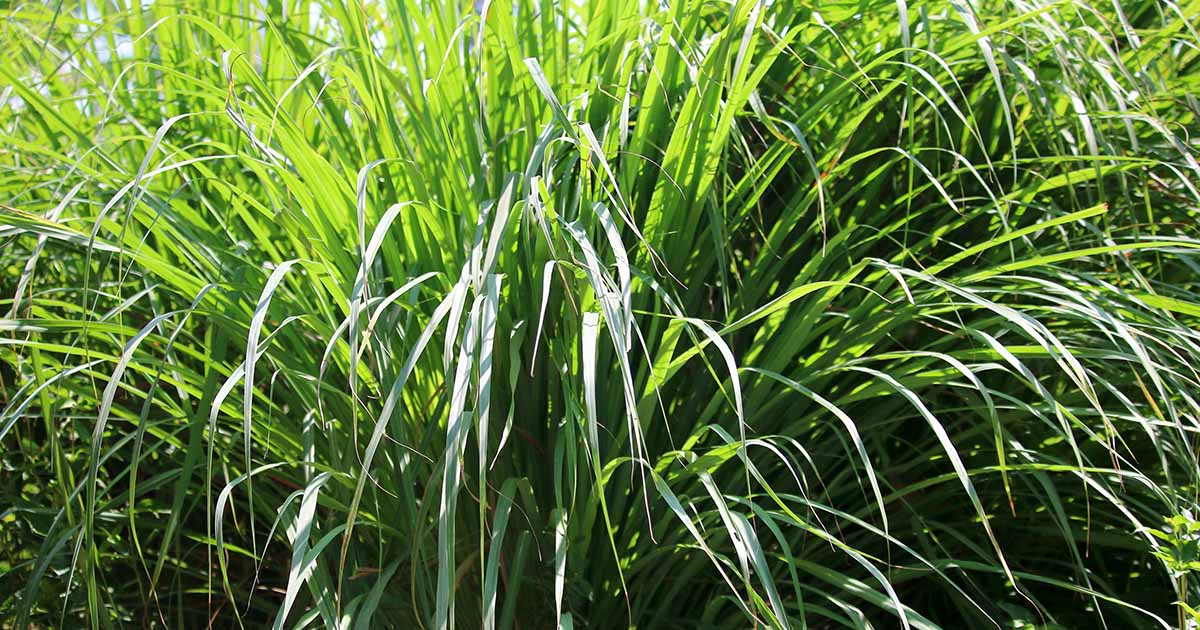

Landscaping Ideas
How Tall Is Lemongrass
Published: January 24, 2024
Discover the ideal height of lemongrass for your landscaping ideas. Learn about the perfect size for your garden and outdoor spaces.
(Many of the links in this article redirect to a specific reviewed product. Your purchase of these products through affiliate links helps to generate commission for Storables.com, at no extra cost. Learn more)
Introduction
Lemongrass, with its fresh citrusy aroma and a hint of ginger flavor, is a versatile herb widely used in culinary, medicinal, and landscaping applications. Its fragrant leaves and stalks add a delightful zing to various dishes, while its essential oil is valued for its therapeutic properties. Beyond its culinary and wellness benefits, lemongrass also contributes to the visual and olfactory appeal of gardens and landscapes.
In this article, we delve into the intriguing world of lemongrass height, exploring its growth patterns, the factors influencing its vertical reach, and the significance of its stature in various contexts. Whether you're an avid gardener, a culinary enthusiast, or simply curious about this remarkable herb, understanding the height of lemongrass can deepen your appreciation for its unique characteristics and diverse applications.
Join us on this illuminating journey as we uncover the mysteries of lemongrass height and gain a newfound appreciation for this remarkable plant.
Key Takeaways:
- Lemongrass typically grows to a height of 2 to 4 feet, but can reach up to 6 feet in optimal conditions. Its height adds elegance to gardens and serves practical purposes like natural pest management.
- Factors like climate, soil quality, and genetic variability influence lemongrass height. Understanding these factors helps gardeners cultivate thriving plants that enhance outdoor spaces with their beauty and functionality.
Read more: How To Overwinter Lemongrass
What is Lemongrass?
Lemongrass, scientifically known as Cymbopogon citratus, is a tropical perennial plant belonging to the grass family, Poaceae. This herb is native to the warm climates of Southeast Asia and has been cultivated for centuries due to its culinary, medicinal, and ornamental value. With its long, slender green blades and a subtle citrus scent, lemongrass is a distinctive and versatile herb that has found its way into diverse cultural traditions and modern practices.
In culinary applications, lemongrass is prized for its unique flavor profile, which combines bright citrus notes with a touch of earthy undertones. It is a staple ingredient in Southeast Asian cuisines, particularly Thai, Vietnamese, and Indonesian dishes, where it is used to infuse soups, curries, stir-fries, and marinades with its refreshing aroma and flavor. Beyond its culinary uses, lemongrass is also renowned for its potential health benefits, as it contains essential oils and compounds that are believed to possess anti-inflammatory, antioxidant, and antimicrobial properties.
Furthermore, lemongrass is a popular choice in landscaping and gardening due to its aesthetic appeal and low maintenance requirements. Its graceful, arching foliage and lemony fragrance make it a sought-after addition to gardens, where it can be grown in the ground or in containers. Additionally, the essential oil extracted from lemongrass is utilized in aromatherapy and natural wellness practices, valued for its calming and invigorating effects on the mind and body.
Overall, lemongrass is a multifaceted herb that embodies both sensory delight and functional versatility. Its distinctive flavor, aromatic allure, and potential health benefits make it a cherished ingredient in culinary creations and natural remedies, while its ornamental charm adds a touch of elegance to landscapes and outdoor spaces.
The Height of Lemongrass
Lemongrass, known for its graceful and feathery foliage, typically reaches a height ranging from 2 to 4 feet (60 to 120 centimeters) when mature. However, in optimal growing conditions, it has been known to attain heights of up to 6 feet (180 centimeters). This vertical stature contributes to its visual impact in gardens and landscapes, where it can serve as a striking ornamental feature while also providing practical benefits.
When cultivated in home gardens or outdoor settings, lemongrass exhibits a clumping growth habit, with its long, slender blades forming dense tufts that sway gently in the breeze. This growth pattern not only adds a touch of elegance to the landscape but also offers functional advantages, such as serving as a natural privacy screen or windbreak. Additionally, the towering presence of mature lemongrass plants can create visual interest and focal points within garden beds or along pathways.
Moreover, the height of lemongrass plays a crucial role in its role as a companion plant in organic gardening and natural pest management. As a tall and aromatic herb, lemongrass acts as a deterrent to certain pests, making it an effective ally in reducing insect damage to nearby plants. Its lofty stature also contributes to its ability to provide shade and shelter for smaller, sun-sensitive plants, fostering a balanced microclimate within the garden ecosystem.
Whether grown for culinary, ornamental, or practical purposes, the height of lemongrass adds a vertical dimension to outdoor spaces, enhancing the overall visual appeal and functional diversity of the landscape. Understanding the growth potential of lemongrass can empower gardeners and enthusiasts to harness its height to create harmonious and vibrant environments that celebrate the beauty and utility of this remarkable herb.
Lemongrass can grow up to 6 feet tall, so make sure to give it plenty of space to reach its full height. Keep in mind that the height can vary depending on the specific variety of lemongrass.
Factors Affecting Lemongrass Height
The height of lemongrass is influenced by a combination of environmental factors, cultivation practices, and genetic traits. Understanding these key factors can provide valuable insights into optimizing the growth and stature of lemongrass plants in various settings.
- Climate: Lemongrass thrives in warm, humid climates with ample sunlight. Regions with consistent temperatures above 60°F (15°C) provide an ideal environment for robust growth. In cooler climates, lemongrass may exhibit slower growth and reduced height, necessitating protective measures during colder seasons.
- Soil Quality: Well-drained, fertile soil with a slightly acidic to neutral pH (6.0-7.5) supports healthy lemongrass growth. Soil rich in organic matter and nutrients, such as nitrogen and potassium, fosters vigorous foliage development and contributes to optimal plant height.
- Watering and Moisture: Adequate moisture is essential for lemongrass, especially during the initial stages of growth. Consistent watering, avoiding waterlogged conditions, promotes strong root development and lush foliage, which directly impacts the plant’s vertical growth potential.
- Spacing and Planting Depth: Proper spacing between lemongrass plants allows for ample air circulation and sunlight exposure, contributing to healthy and upright growth. When planting lemongrass, ensuring the appropriate depth for the root ball and providing well-prepared soil sets the stage for robust vertical expansion.
- Fertilization and Nutrient Balance: Regular fertilization with a balanced blend of nutrients, particularly nitrogen, supports the development of vibrant foliage and contributes to the overall height and density of lemongrass plants.
- Genetic Variability: Different cultivars and genetic variations of lemongrass may exhibit varying growth habits and maximum height potential. Selecting suitable cultivars based on desired height characteristics can influence the overall visual impact of lemongrass in a landscape or garden setting.
By carefully considering and managing these influencing factors, gardeners and cultivators can optimize the growth conditions for lemongrass, promoting healthy, vigorous, and visually captivating plants that showcase the full splendor of this remarkable herb.
Importance of Lemongrass Height
The height of lemongrass holds significant importance across various domains, encompassing both practical and aesthetic considerations. Understanding the relevance of its vertical stature sheds light on the diverse roles that lemongrass plays in culinary, landscaping, and ecological contexts.
Culinary Significance: In culinary applications, the height of lemongrass directly influences its harvestability and ease of use. Taller, mature plants yield an abundant supply of aromatic leaves and stalks, allowing for frequent harvests to extract the flavorsome essence that enriches a wide array of dishes. The substantial height of mature lemongrass plants also contributes to their visual appeal, making them an attractive and functional addition to kitchen gardens and culinary landscapes.
Ornamental and Landscaping Value: The vertical presence of lemongrass adds a dynamic dimension to garden landscapes, offering a striking contrast to low-growing plants and creating visual interest with its graceful, arching foliage. Its height enables lemongrass to serve as a natural border, screen, or focal point in garden beds, enhancing the aesthetic composition of outdoor spaces while infusing them with a refreshing citrus fragrance.
Ecological Contributions: The height of lemongrass plays a vital role in ecological contexts, particularly in organic gardening and sustainable agriculture. As a tall and aromatic herb, lemongrass serves as a natural deterrent to certain pests, contributing to integrated pest management practices. Its towering presence also provides shade and shelter for beneficial insects, fostering a balanced ecosystem within the garden and promoting biodiversity.
Cultural and Wellness Significance: In traditional and contemporary wellness practices, the height of lemongrass symbolizes vitality, resilience, and natural healing. The herb’s towering stature reflects its robust growth and the invigorating properties it embodies, making it a revered ingredient in herbal remedies, aromatherapy, and holistic wellness rituals.
Overall, the height of lemongrass transcends mere physical dimensions, encompassing cultural, culinary, and ecological implications that underscore its multifaceted significance. Whether adorning a garden landscape, enriching a culinary creation, or contributing to natural pest management, the height of lemongrass embodies both practical utility and aesthetic allure, enriching the tapestry of experiences where this remarkable herb takes center stage.
Read more: How To Preserve Lemongrass
Conclusion
As we conclude our exploration of lemongrass height, we emerge with a deeper appreciation for the multifaceted nature of this remarkable herb. From its graceful vertical stature to its diverse applications in culinary, landscaping, and ecological realms, lemongrass stands as a testament to the harmonious fusion of practical utility and sensory delight.
The height of lemongrass, ranging from 2 to 4 feet and potentially reaching up to 6 feet in optimal conditions, serves as a defining feature that contributes to its visual impact in outdoor spaces. Its clumping growth habit and feathery foliage imbue landscapes with elegance, while its aromatic allure adds a refreshing zest to the surrounding environment.
Furthermore, the factors influencing lemongrass height, including climate, soil quality, and genetic variability, offer valuable insights into cultivating thriving plants that embody the full splendor of this herb. By considering these factors and optimizing growth conditions, gardeners and enthusiasts can harness the height of lemongrass to create vibrant and harmonious outdoor environments that celebrate the beauty and functionality of this versatile herb.
Ultimately, the importance of lemongrass height transcends mere physical dimensions, encompassing cultural, culinary, and ecological implications that underscore its multifaceted significance. Whether gracing a garden landscape, enhancing a culinary creation, or contributing to natural pest management, the height of lemongrass embodies both practical utility and aesthetic allure, enriching the tapestry of experiences where this remarkable herb takes center stage.
As we part ways, let us carry forward this newfound understanding of lemongrass height, allowing it to enrich our encounters with this extraordinary herb and inspire us to cultivate thriving, vibrant outdoor spaces that reflect the enduring charm and vitality of lemongrass.
Frequently Asked Questions about How Tall Is Lemongrass
Was this page helpful?
At Storables.com, we guarantee accurate and reliable information. Our content, validated by Expert Board Contributors, is crafted following stringent Editorial Policies. We're committed to providing you with well-researched, expert-backed insights for all your informational needs.

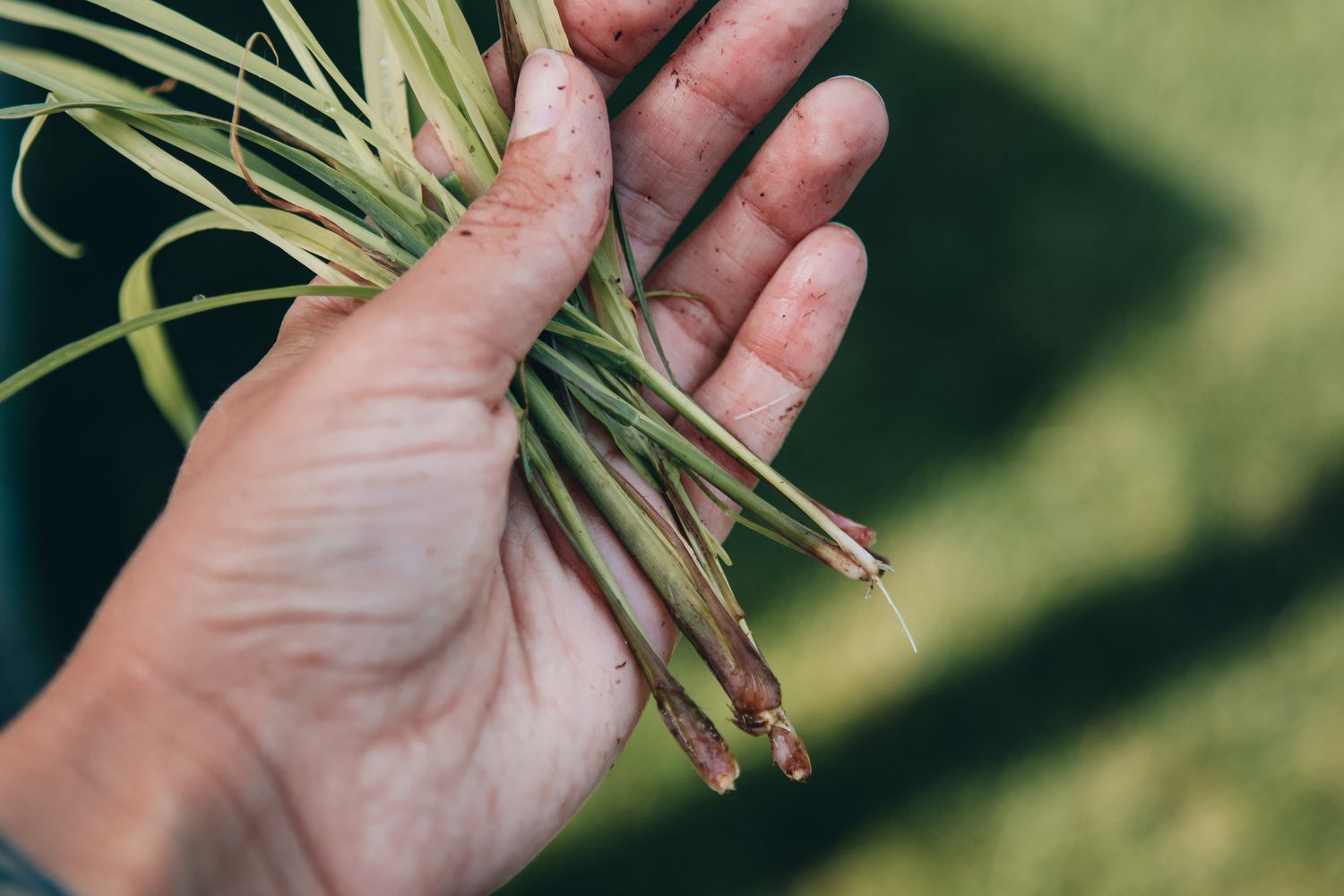
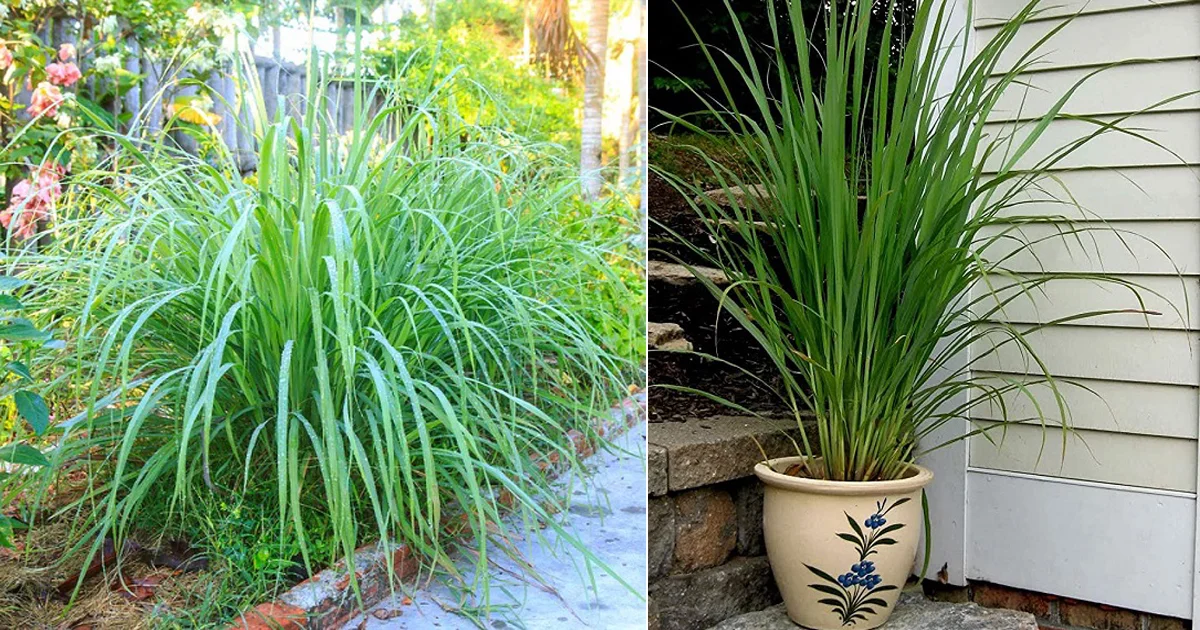
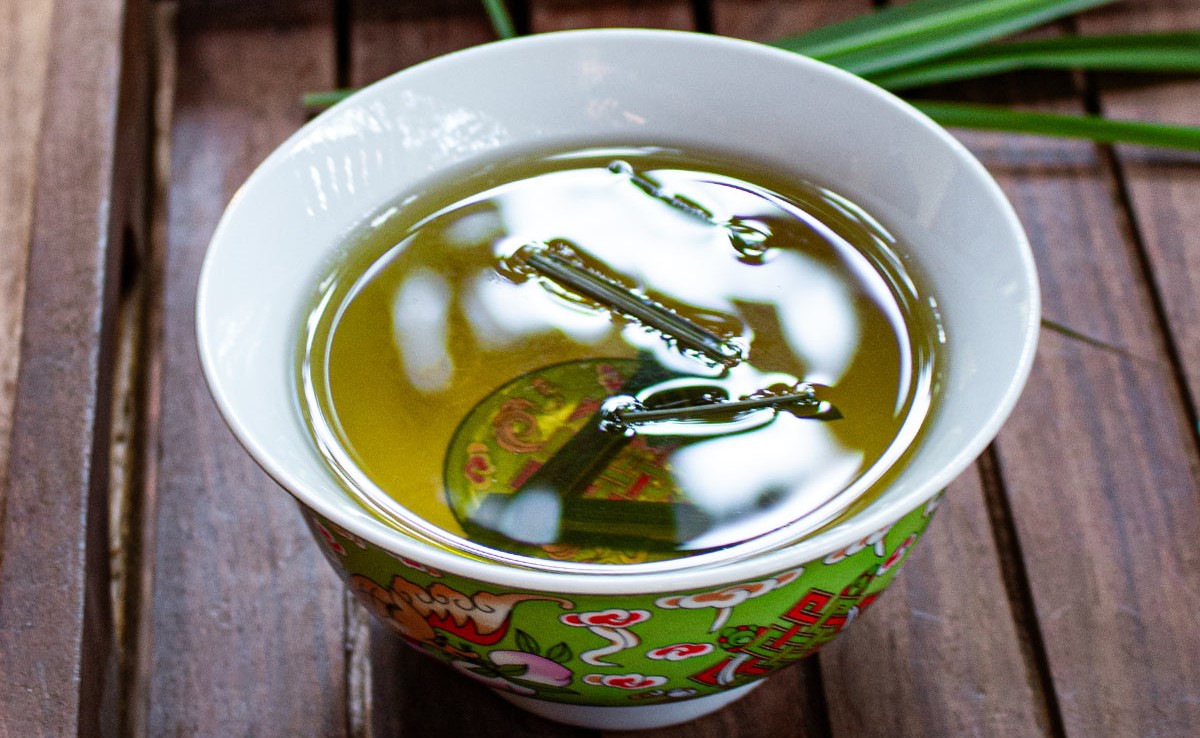
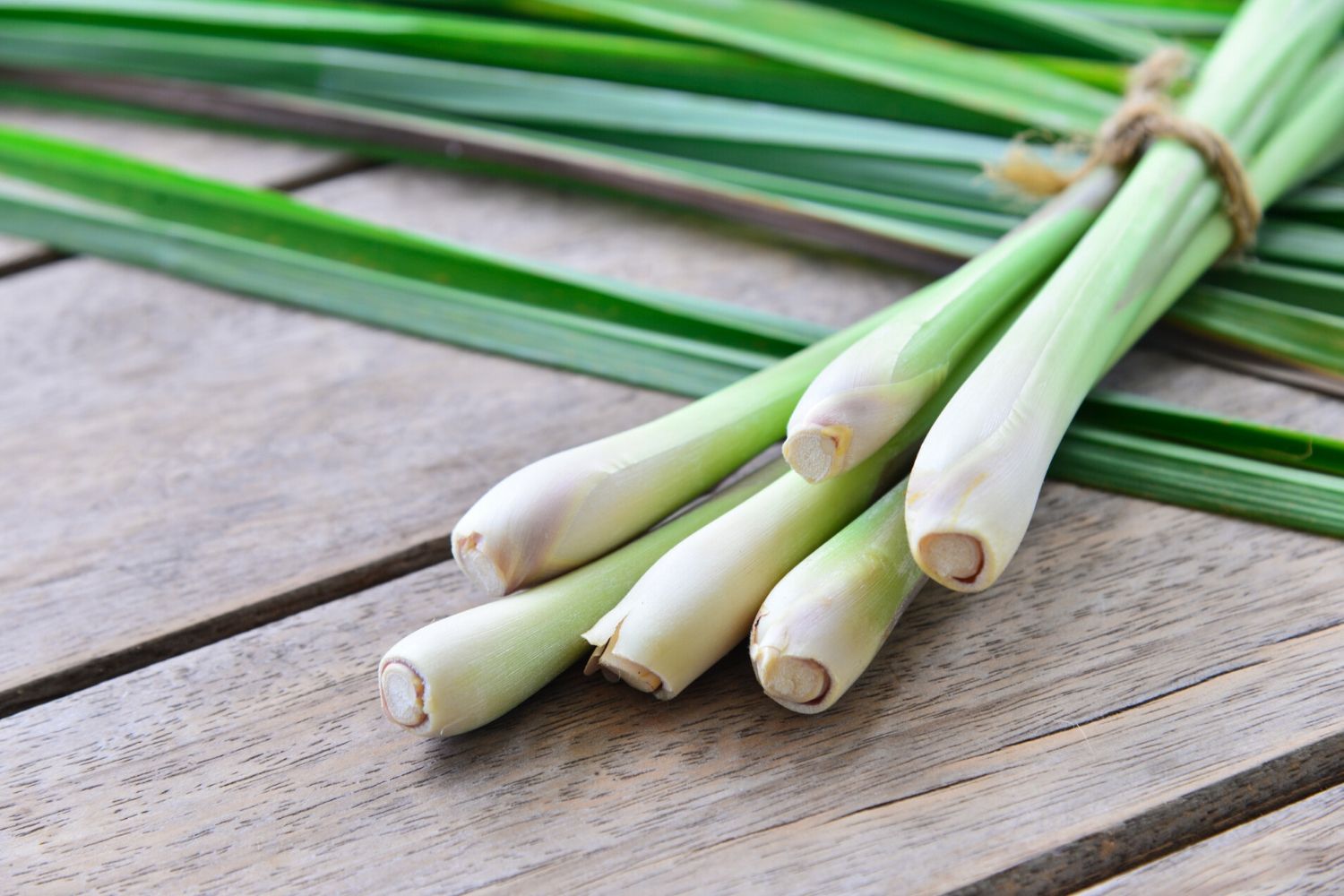
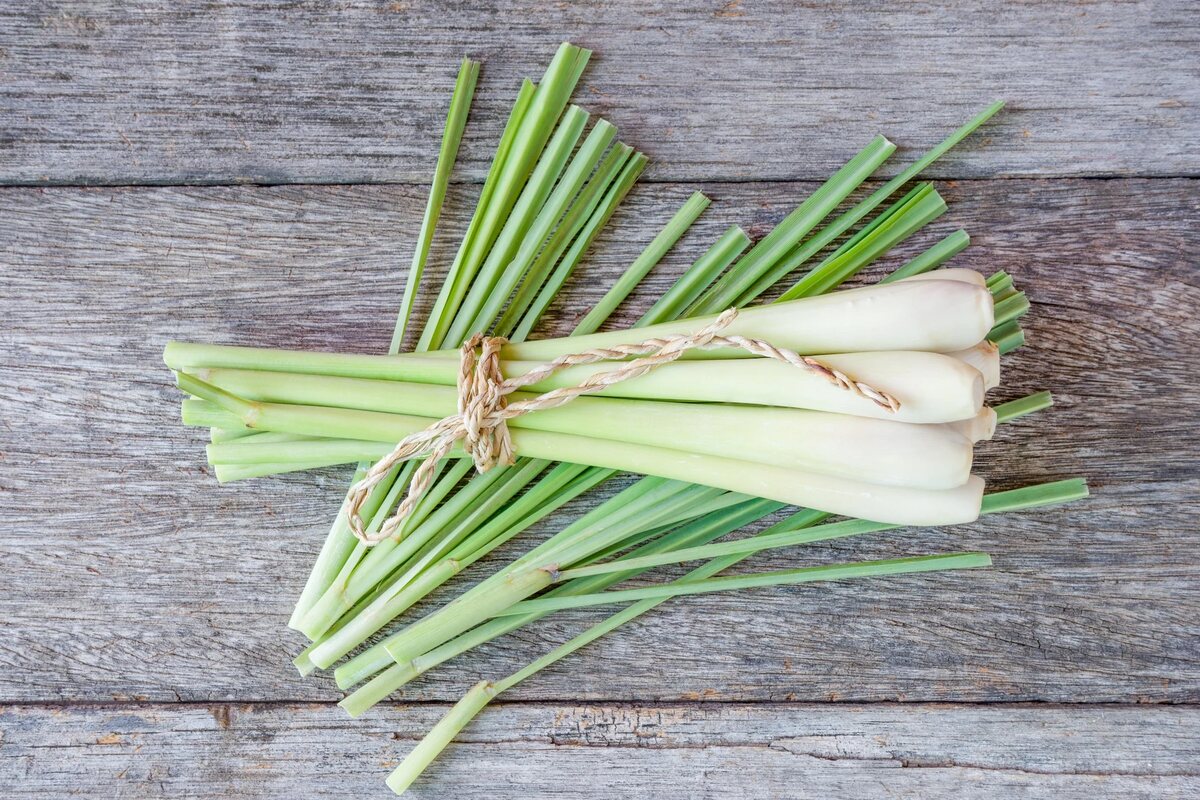

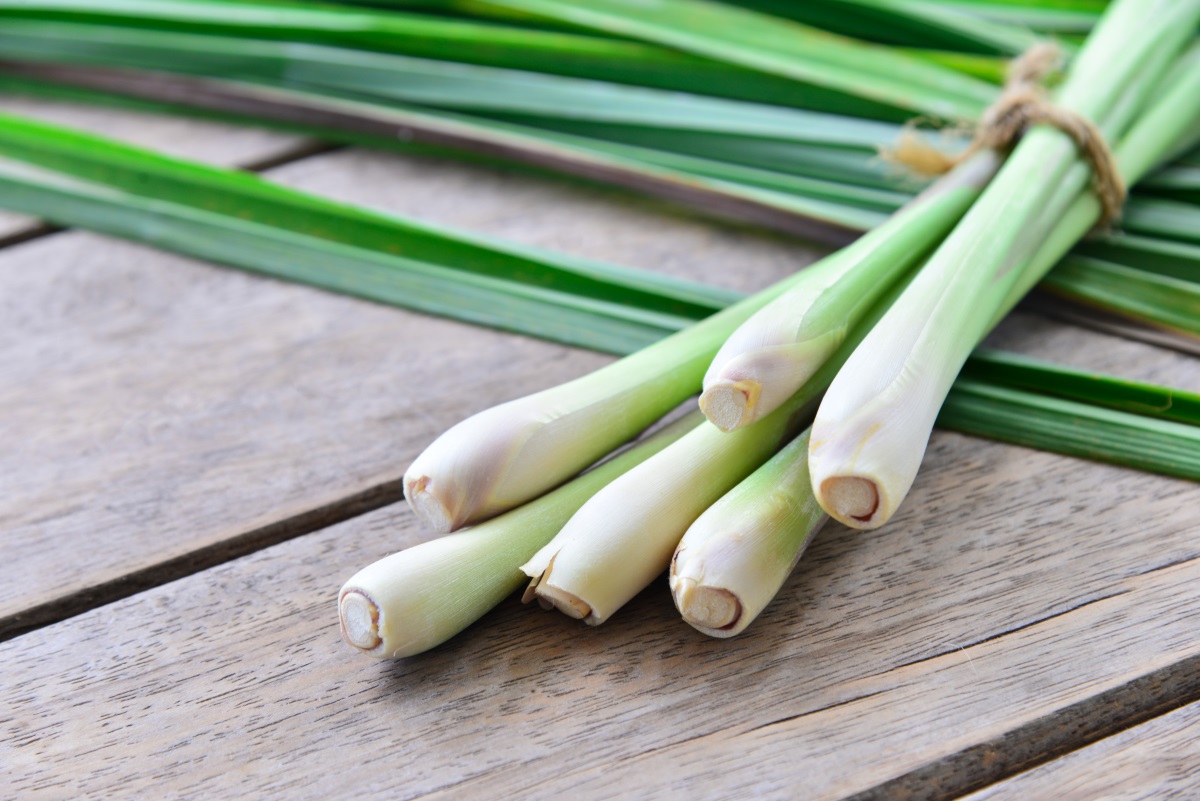
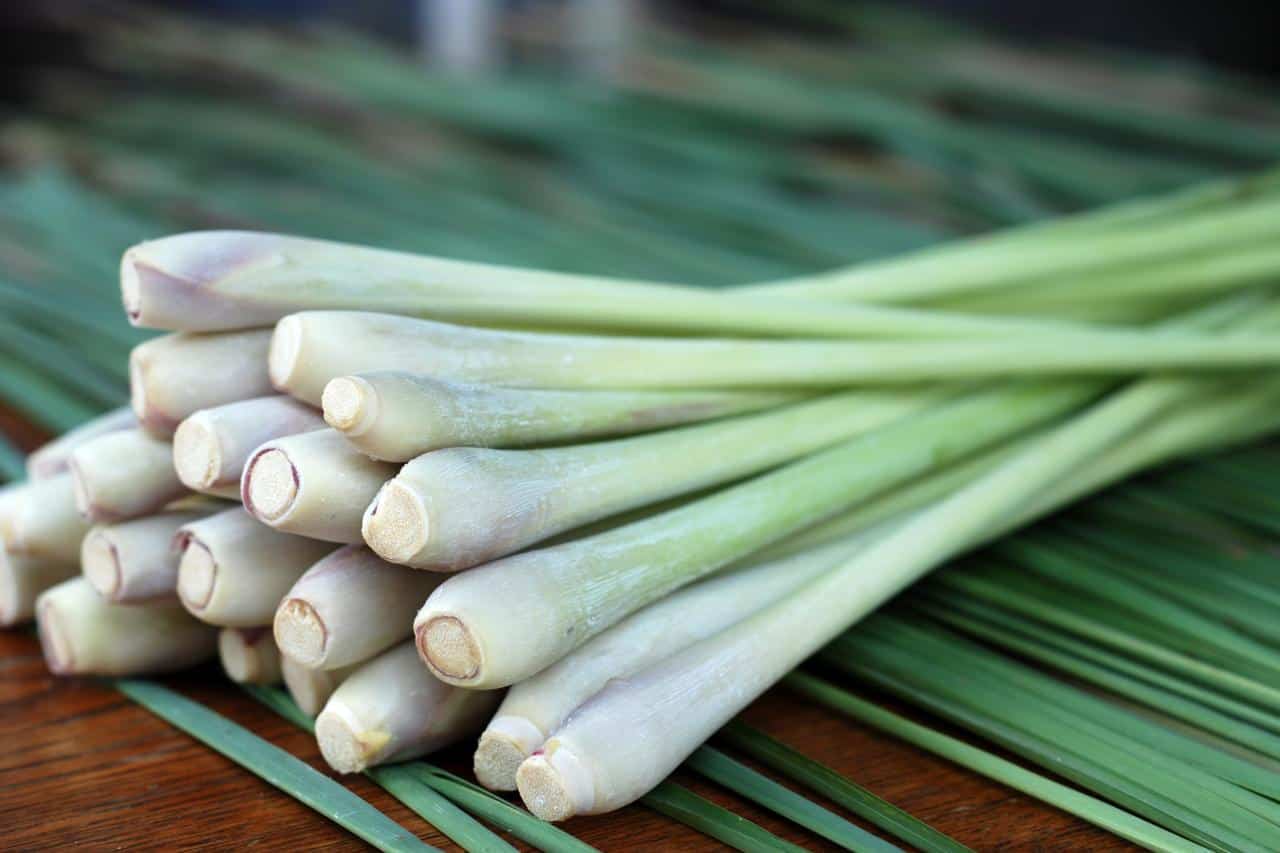
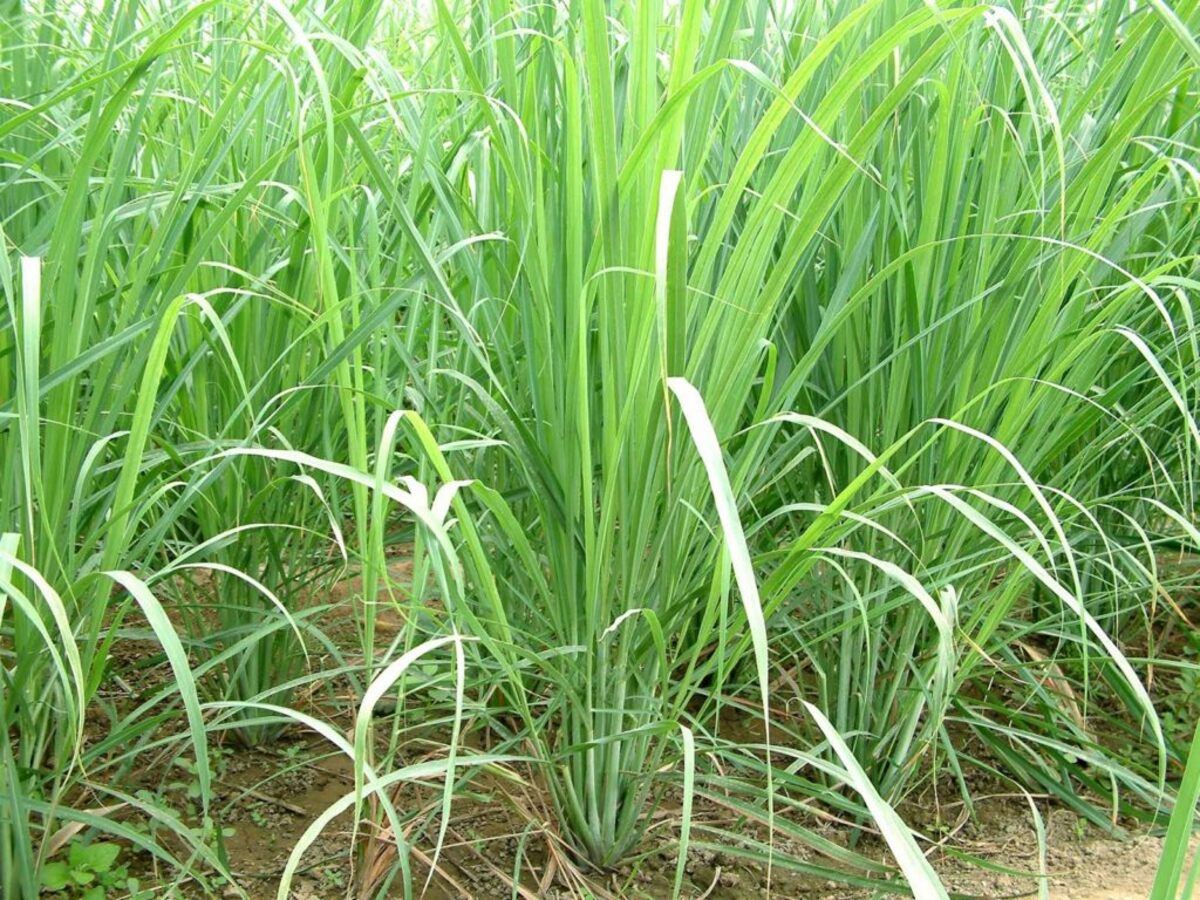
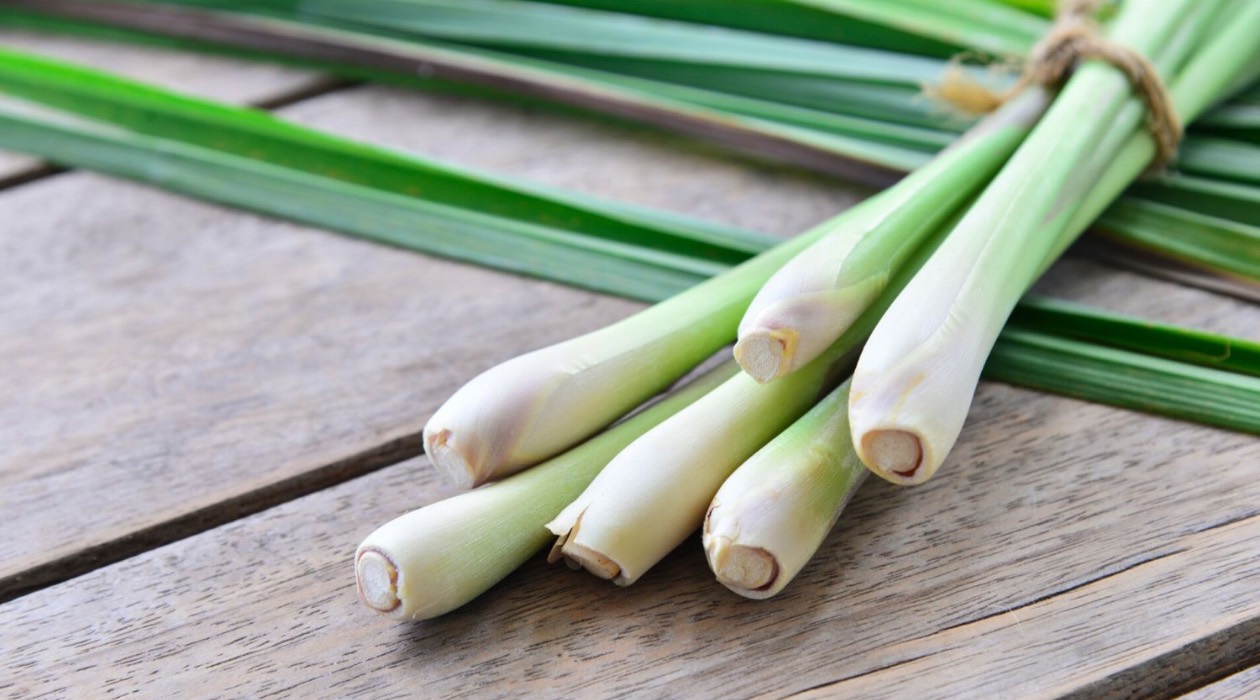

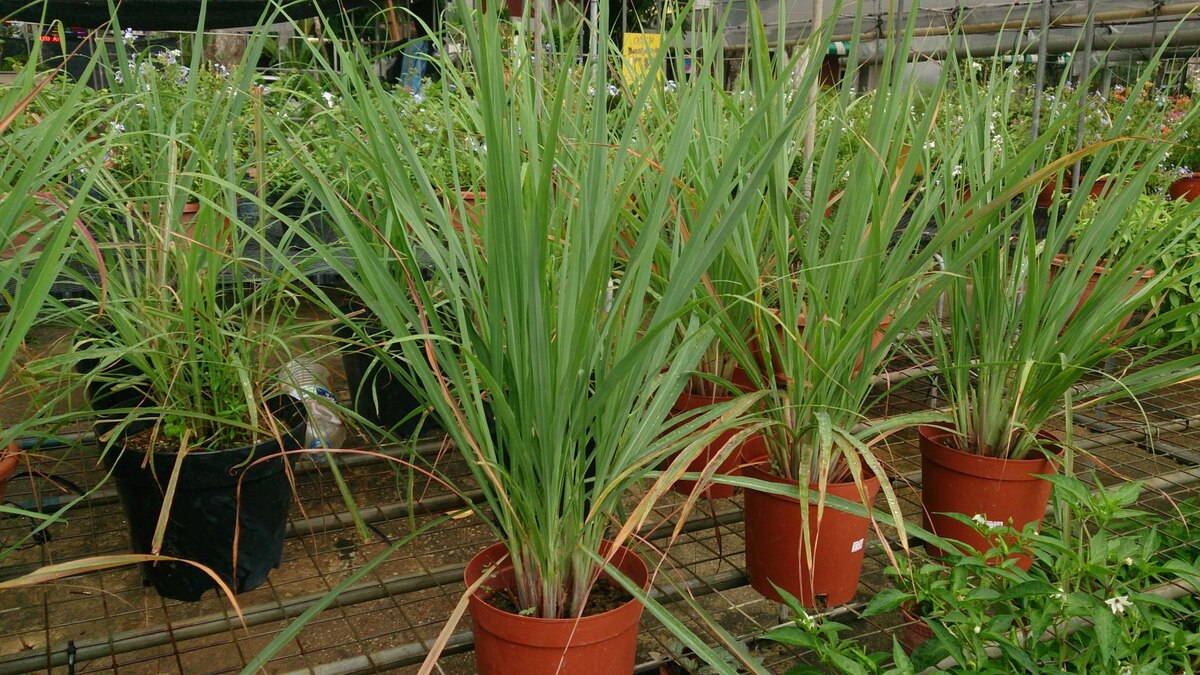
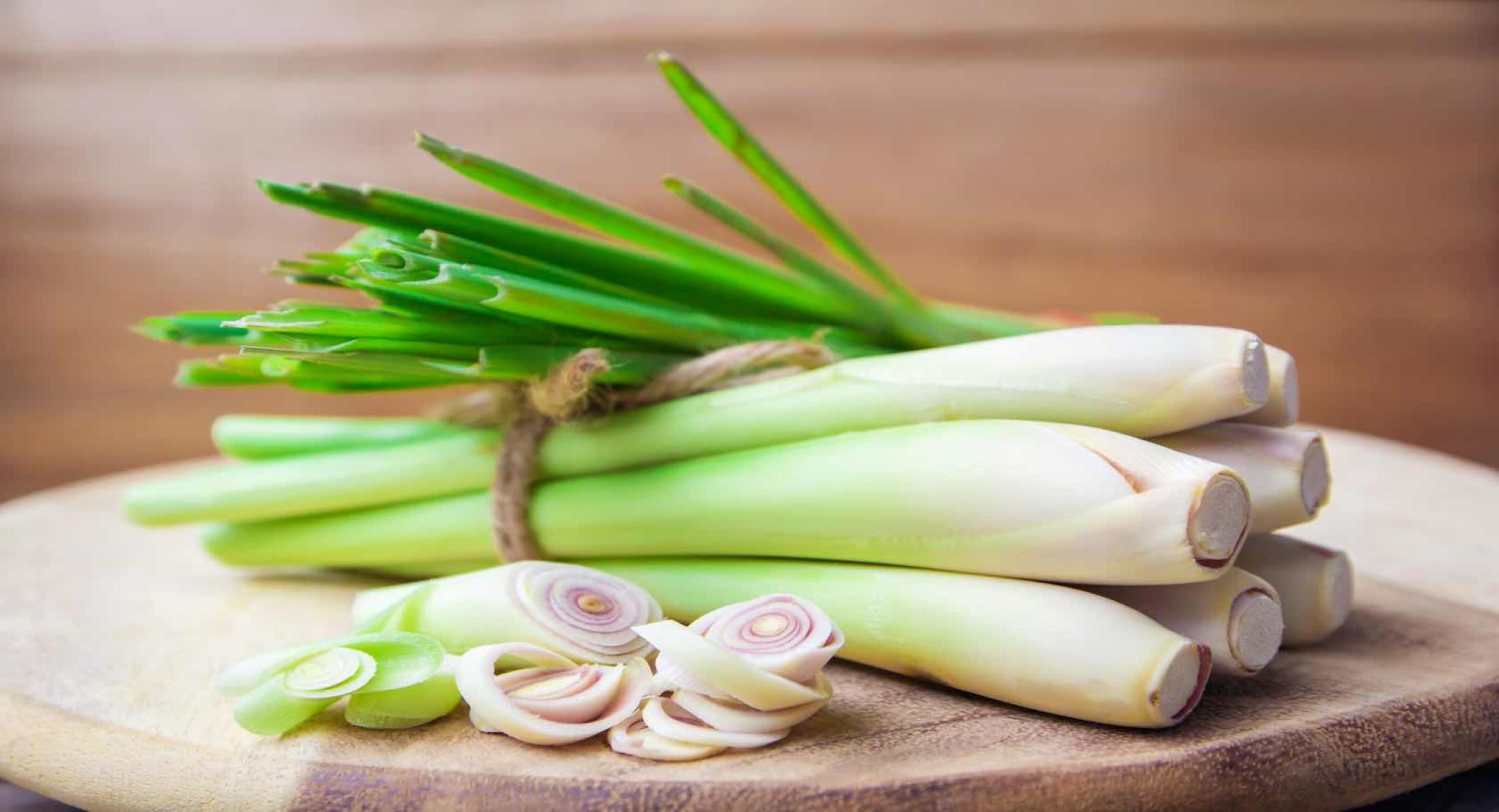

0 thoughts on “How Tall Is Lemongrass”